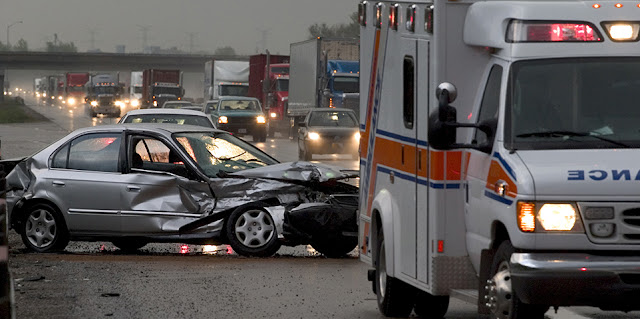Hawaii's car insurance laws differ slightly from those of other states. To begin with, Hawaii is a no-fault state. However, there are some complexities to how this works. To begin with, the no-fault provision only applies to injuries, not property damage. All drivers must still carry minimum liability coverage, but the state also requires personal injury protection, or PIP coverage. Many at-fault, or torte, states, on the other hand, only require basic liability coverage.
Even with insurance, the financial consequences of car accidents can be severe, but they are frequently insurmountable. Car accidents can be financially disastrous for those who do not have adequate coverage, from medical bills to property damage. Looking at some of the statistics below can help explain why most states require auto insurance for all drivers.
Approximately 9% of Hawaii drivers are uninsured.
In Hawaii, there were 108 traffic fatalities in 2019.
In 2018, the costs of traffic deaths in Hawaii totaled $168 million.
Hawaii auto insurance laws
All drivers in Hawaii are required to carry minimum liability coverage and personal injury protection insurance. The state of Hawaii's minimum car insurance coverage includes basic liability, which covers damages to others and their property. Personal injury protection, on the other hand, covers injuries to you and your passengers. Because Hawaii is a no-fault state, lawsuits between drivers are limited to serious injuries.
Liability to a minimum
Bodily harm: $20,000 per person, $40,000 per accident
Property damage is capped at $10,000 per accident.
Personal injury insurance
$10,000 per individual
Hawaii liability insurance
Hawaii insurance laws, like those in most other states, require a certain level of minimum liability coverage. This coverage, however, may not always be sufficient. While it satisfies the law, it may still leave drivers with more out-of-pocket expenses than they can afford. Because of the restrictions on minimum coverage, some drivers choose to increase their coverage limits or add other policy types to their auto insurance policy.
Collision and comprehensive insurance are two of the most common types of coverage. Each of these can provide additional layers of financial protection that are not available in a minimum coverage plan. Comprehensive insurance protects you financially against damage to your vehicle while it is not in use. For instance, if it is damaged while parked in a driveway or a parking lot. Collision insurance covers damage to your car while it is in use, such as hitting a tree, another vehicle, a curb, or other objects while driving. These policies are available from many of the top auto insurance companies.
Is Hawaii a fault-free state?
Hawaii is a fault-free state. For Hawaii drivers, this means that in most accidents, your own insurance will cover your and your passengers' medical bills. In Hawaii, no-fault rules apply only to injuries, not property damage. Assume you are at fault in a car accident. In that case, your policy will cover your medical expenses as well as the other driver's property damages. Your personal injury protection, in particular, will cover medical bills for you and your passengers. At the same time, your property damage liability will cover the damages to the other driver's vehicle.
What is the most affordable car insurance in Hawaii?
Different drivers receive different rates from auto insurance companies. This variation is due to the method by which they calculate rates. To calculate premiums, providers rely on a plethora of detailed personal data points. Age, location, vehicle, driving record, insurance score, and other factors are commonly used. Nonetheless, some Hawaii companies offer lower rates on average than others.
Tags:
spicy ins
